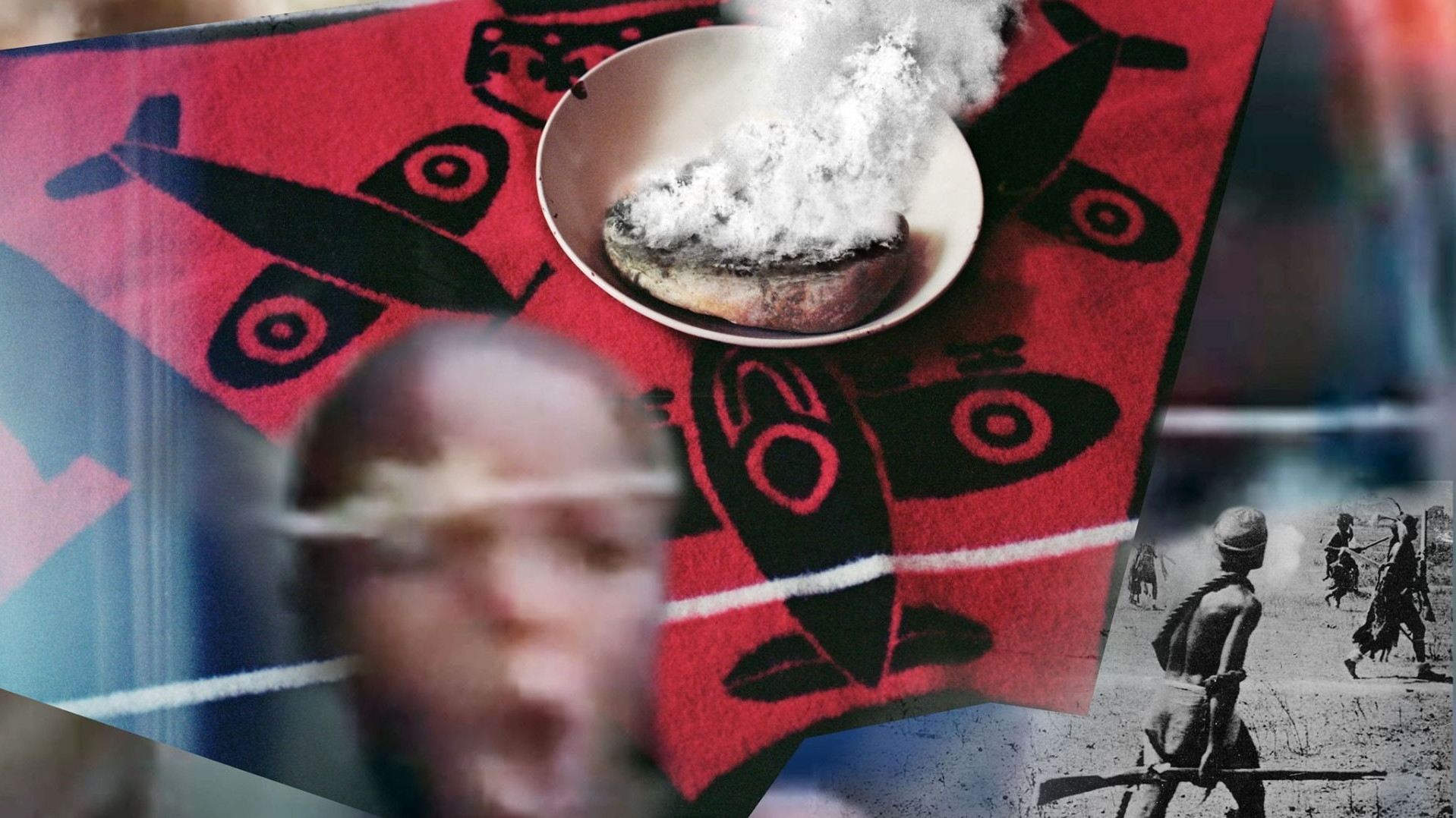Race, Representations and Photography
Race, Representations and Photography
©Juan Orrantia
Info
Title
Race, Representations and Photography
Teacher
Juan Orrantia
Location:
Online
Participants
Basic knowledge of photography is expected.
Necessary documentation (in English):
a. Updated CV, with telephone, WhatsApp and email contact;
b. Letter of intent;
Limit Participants
10 – 15 participants
Selection Procedures
To fulfil the requirement and selection based on the letter of intent.
Start Date
More information coming soon
Duration
7 hours
Information
hangarcia.production@gmail.com
Language
This course will be held in English.
Price
100€
About
Race, Representations and Photography, is a three day workshop about how race and racism have been an integral part of the medium of photography and artistic strategies used to unveil, corrupt and acknowledge this history. Together we will build a vocabulary with which to engage this history, its present and examine concepts and critical approaches to thinking through questions of race, representation and visual imagery. We will rely on case studies of artists that have put a critical eye on this issue as well as others who have been involved in controversies because of it.
Day 1
Conceptual approach and works. The first session will frame the discussion around ideas and histories of representation in photography.
1. Failures of vision and representation (discussion around the impossibilities and failures of photography and mechanical images).
2. Examples and discussions
– Analogue racism (To Photograph the Details of a Dark Horse in Low Light, Broomberg and Chanarin).
– Stanley Wolukau-Wanambwa and Viviane Sassen.
3. How spaces and territories are constructed. Race, algorithms and the invisibilities in the landscape.
– How to write about Africa, Binyavaga Wainaina (reading provided)
– Leni Riefenstahl
– Richard Mosse
– David Benjamin Sherry
Day 2
Agency and strategies.
1.The failures of photography and other artistic possibilities
– “Violence and the Image” – selections -, in Decolonizing the Camera, by Mark Sealey (reading provided)
2.Agency in the archive
– Cases: Santu Mofokeng, The Black Photo Album / Malik Sidibe / Ahlam Shibli / Zanele Muholi
– Interventions and alterations – Strategies. The representational functions of images. Michael Subotzky’s Massive Nerve Corpus (on whiteness)
3.Concept: Digitopia (the promise of the digital- John Akomfrah); (Reading, “Spam of the Earth” Hito Steyerl – reading provided; (suggested, new Foam Magazine number)
4.End thoughts. Inherited solidarities, whiteness and wanderings.
Day 3
1.Open session on ideas, creative exchanges and thoughts.
2.Crit session with participant’s work.
Juan Orrantia makes photographic works that involve subjective approaches to the postcolonial condition and experiments with the representational function of the image. For this he explores different modes of photographically interacting with color, interventions and the photobook. He has been awarded a Smithsonian Artist Fellowship, Fiebre Photobook Award, the Tierney Fellowship in Photography, and exhibited at venues such as the Centro de la Imagen-Mexico City, Lisbon Photobook Fair, Rencontres de Bamako, Khoj-New Delhi, New York Photo Festival among others. Juan was born in Colombia and is based in Johannesburg. He holds an MFA in Photography from Hartford Art School and a doctorate in Visual anthropology. www.juanorrantia.com

